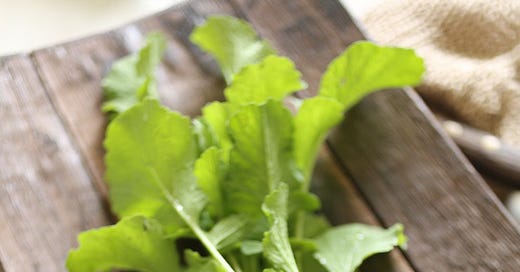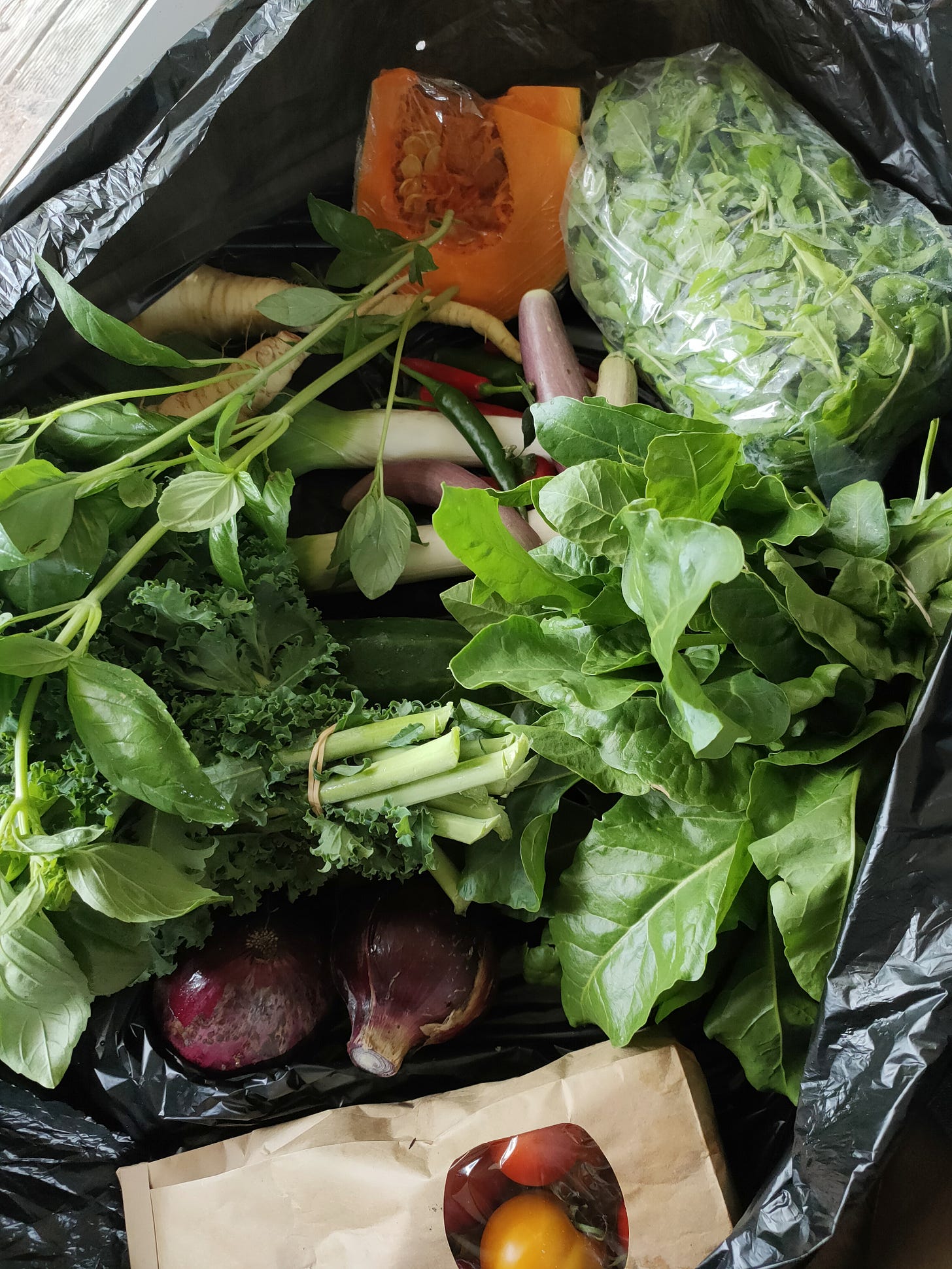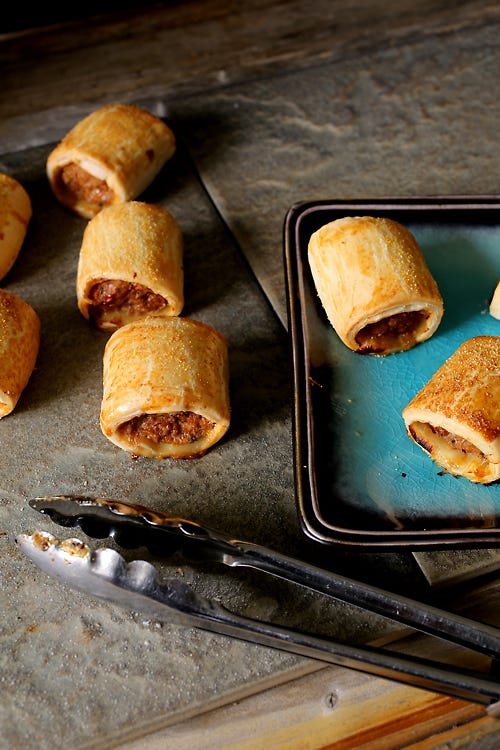Everyday, several times a day, for every meal, for every snack, we (even if sub-consciously!) create intentions, perform rituals and build spells into our food.
From the moment we are born we begin making decisions on how and when we will eat. Naturally as a matter for survival, but also for comfort and spiritual needs. Being as it’s something we’ve done repeatedly, everyday since we took that first breath, it’s all too easy to forget that eating, as well as being for fueling our physical existence, is also a powerful spiritual ritual.
Food rituals are so ingrained and normalised in our everyday. Not only what we eat, but also the times we eat. How we prepare and cook our food, culturally and sometimes according to current seasons and trends. Those whom we gather together and dine with, our precious family and friends. The whereabouts we are, when we come to dine together. There is status and peer-pressure in our eating habits. Food can sadly, often be weaponised too.
We make decisions and create intentions by choosing how we source our food. Whether or not we grow any of our own food ourselves, on choosing the seeds, choosing the way we will garden, choosing to grow our favourites and/or those that do better in our climate.
We make decisions with our choices when shopping and purchasing food. Where we shop, the delivery of a CSA box, to visiting a farmers market, independent butcher or supermarket. And when we get there, by choosing the chicken or beef, cauliflower over broccoli or a white fleshed nectarine over perhaps more common yellow varieties. We make decisions when or if we dine out, and that is before we see any menu. We can choose to throw caution to the wind and accept the success or ill fate of foraging or hunting for our food.
All these decisions are part of the preparations and rituals and come with certain energies, good and bad. If you choose to acknowledge them or not, these are both political and spiritual forms of voting. Everything is linked.
Sometimes our decision, therefore rituals are restrained by costs. The general accessibility in many forms, be it the seasons and weather, money restraints, religious, cultural or dietary requirements. Not to mention time, energy, work commitments, family peace, home and place.
Sometimes our food choices are based more with our moral compass and privilege. The sources and origins of our food. The physical and the spiritual energy that accompanies it. What did it go through, what energy was required to get it here to us. Out of season fruit imported from Chile, California…? The perceived(?) or too often real suffering, from the soil it’s grown in, to the farmers, workers conditions, choosing to see or ignore caged bound animals, trawled fish… The landfill or waste it will create, individual snack packaging, plastic yoghurt pots... You get the idea!
There are a seemingly infinite number of choices around our food today. Each comes with an intention, in the very least, the hope, the dream of something satisfyingly good to eat.
Our moods and attitudes can take effect in our food too. When we prepare our food in a mindful, relaxed and focused way, we tend to eat better, healthier and slower, aiding in our nutrition and digestion. If we are multi-tasking, grabbing anything, eating on the run, eating while stressed and standing, we are not totally focused on the ritual of eating, savouring each mouthful or chewing it slowly.
Intentions and energy can be transferred when preparing and cooking the food. Are we angry, tired, resentful at having to cook? Simply throwing it in the slow cooker or oven. Or giving it the loving attention needed, by slowly adding, one ladle of broth at a time and gently stirring a risotto to perfection.
Often times as traditions dictate we celebrate with food rituals. Possibly one of the most recognisable food rituals is a birthday cake and birthday candles. Another common, more everyday ritual is having your tea or coffee in a favourite mug.
These are the things, the rituals we (at least most of us) all already do. So how can we introduce more positive energy and magic to our food?
To create magical intention, most times it is good to clear away distractions, calm your mind so you can focus your energy to the task, your hopes and goals. But this is not always necessary, especially with regards to food as it can be a beautifully social ritual. However the most wonderful food comes from a place of peace and love. Below I’ve given some things to consider:
Try saying a grace or blessing before beginning your meal, this can be either in the preparation, on sitting down to eat or both. Focus on and acknowledge the food, the source and the people involved in the provision. Remember you can do this aloud or privately in your head if your prefer, say if the current gathering doesn’t feel safe from ridicule.
Prepare your working area, tidy away things that aren’t required. Physical clutter can distract the mind. Light a candle or perform another ritual, salt over your left shoulder, a flick of moon water to bless the space, in both the kitchen and dining area. I tend not to use scented cleansing tools before and during meal times as not to distract from the scent and taste of the food.
Lay a cloth, by creating intention on setting the dining table even in a small way or blessing the kitchen you help bring an awareness, slowing down and add your focus to the task.
Candles, as well as the above mentions, are a well known hygge ritual for dining. They can also be used to manifest a number of additional ideas and wishes, such as using intentional colours for spell work.
Different patterns, colours and shapes of plates and crockery can be used to conjure up the right vibe. Whether it’s a cultural observance like serving French onion soup in a lionshead bowl, or Pho in a noodle bowl. Patterns, colours can be used too, in a similar way to spell candles. Perhaps a healing chicken soup served in a green bowl cures you more readily.
Bring other things to the table that will enhance the feeling, the beauty and energy of your meal. What is this meal’s purpose, other than sustenance? We do this often unconsciously for celebrations, but there’s no reason not to celebrate every meal.
Try adding a seasonal or natural element to the table, obviously flowers are common, but fresh herbs, collected petals, leaves, shells, pebbles or crystals are other options.
Indeed there are many unique things we can add to the dining table to create a beautiful atmosphere such as small poems, verse, drawings and photos. These can also be considered small handmade gifts. Kids, and we’re children at heart, delight in getting involved in this creative stuff.
Place names can create a special personal touch, telling someone you’re really happy they are here.
We can recreate many of these ideas to manifest an awareness and encourage a calming atmosphere when eating outside too. The candles may need protection in jars from wind, or replaced with lanterns or fairylights.
Consider a refreshing wet flannel to cleanse our hands after eating, especially something like nachoes, pizza or a burger. These can be heated in Winter in a steaming basket, or chilled in a lunchbox placed in the fridge for Summer.
A touch of comfort can be added with home sewn fabric napkins in favourite, or intentional spell colours or seasonal themes.
Try not to cook if you’re in a bad mood, delegate the task to someone else if possible. Or postpone the meal until you have regained a sense of peace.
Pay it forward if you can, with community care. If you’re in a great cooking place, make extra for another time or share with someone who could benefit from the night off.
Keep a journal, a recipe book - not only with your own recipes but rewrite favourites you make in your own words. Include your own observations, your recipe tweaks, list the tools you use, the preferred utensils, noting the saucepan, casserole dish you have and return to using for a particular recipe.
Create your own set of food and meal prompts - to open instead of the refrigerator when you feel uninspired! Lists and menus, print out photos for inspiration for different times and settings. For example if you haven’t already, note down favourites for all your housemates. Favoured food and recipes for each season or Sabbat, a cheat sheet list of easy favourites and options when you’re lacking the mood, or energy. List your ideas for different pantry staples, supermarket specials or garden gluts ahead of time.
Write down memorable meals and what made them feel so special, including the elements which you may be able to revisit or recreate.
Gather your housemates when creating or planning menus, gardening and shopping lists. Utilising the “hive mind” can bring about interesting new ideas and flavours and is a great way to have everyone involved, interested and have their preferences catered for. Today our Theo has suggested “we make mashed potato, coated in butter and breadcrumbs (croquettes) to have with a beef mince and carrot stew.” - while I’ve made various versions of both, we’ve never had them together before. I’m rather excited by his idea!
If you don’t currently grow anything to eat, I’d really love to encourage you to try. Even if you don’t think you have much of a green thumb, consider some simple herbs or edible flowers, sprouting seeds on a windowsill or kitchen bench. There truly is no better magical energy to bring to your meals than something you have nurtured and grown yourself.
If you do grow some of your own fruit and vegetables, you will no doubt have rituals and traditions relating to what you grow. I know I certainly do! How I prepare and cook the first harvest of new potatoes, simply with a spring of mint and sloshed with the best extra virgin olive oil I can afford. How I rush the first cobs of corn to the pot to get all the sugars at their peak! The taste of that first tomato, homemade mayonnaise sandwich and the sourdough loaf I bake especially for that particular harvest.
A traditional pre-dinner drink, an apéritif or little nibble can help bring about a sense of calm before your meal. It needn’t be alcoholic, even a small glass of water with a slice of lemon or sprig of herb, a splash of apple cider vinegar tonic, while you take a breath and ready yourself.
Pre-dinner nibbles can be simple too, a few slices of an apple, shared. A few radish with flaky salt. I sometimes take a squiz through the fridge for leftovers. Even the teeniest bit of leftover curry or soup can make an interesting “amuse bouche” served in a shot glass or Chinese ceramic spoon. One leftover piece of quiche or one sausage roll can be sliced into a few bites.
This is not the post I envisioned to share today. I thought I would be sharing more about the active ingredients and methods for putting magic in our food. Placing, marking sigils at the bottom of a pie crust. Encasing magical herbs in fresh pasta sheets. Or stirring our sauces clockwise to increase the flavour along with a recipe. Instead I went down this rabbit hole.
There’s always some trepidation in sharing my ideas and prompts, is there anything new in here? Do they inspire? Are they too childish, family centered?
I would love to know if any of this ramble resonated with you. How you put magic into your meals? Do think of eating as a magical ritual? Cooking as magical spell work? Do you celebrate the everyday meal?
Let me know in the comments!
Seasons Blessings 💫
Bron









This is a lovely post to read. I like laying a particular cloth for the occasion - though it really depends on who’s coming for dinner, if it’s a tea party or Christmas or we’re having a picnic. I don’t have a garden so I love picking fresh herbs from my families garden 🪴
A beautiful read Bron, thank you so much. I love the rituals of food, both preparation and eating. We always eat at the table, even if I’m on my own I do. Cooking is so nourishing, the mindfulness that it needs is a lovely way to slow the day and be present.